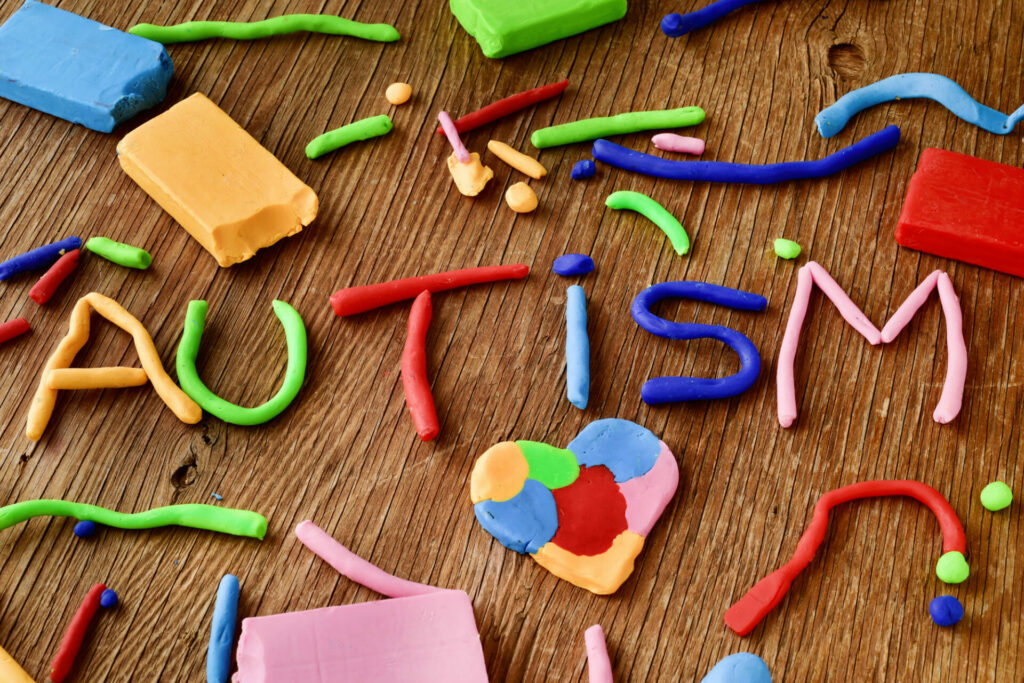Navigating Insurance for Autism Services
Learn how to effectively navigate insurance for autism-related services.

Learning that your child is on the Autism spectrum can be difficult to hear. The great news is that you’re not alone! ABA therapy is available to support you and your family so that you can find the perfect treatment for your child to learn and grow. So, what is ABA therapy and what should you expect from an ABA therapy center?
Great question!
ABA is a type of therapy geared towards children with ASD, or autism spectrum disorder. It is used as an intervention technique to help make undesired behavior less frequent, as well as give children the tools that they need to learn everyday skills and build their independence.
The end goal of ABA therapy is to provide your child with the skills they’ll need to live and function on their own. Depending on your child’s specific needs, the treatment plan your therapist provides may change. Each child will be given an assessment to figure out exactly what skills they would benefit from learning.
Some of the skills that they may cover in ABA therapy include, but are not limited to:
Your first few appointments with an ABA therapist will be geared toward getting to know your child and finding what works best! Individualized assessments will be used to help uncover the exact tools a child might need to succeed and grow with therapy.
Once your therapist has determined what will help your child, a treatment plan will be created. The treatment plan often relies on a precise schedule, as routines are highly beneficial to children with autism. Your therapist will work with you and your child to design a routine that fits everyone’s schedules without disrupting daily life.
The exact treatment plan you follow will depend on the type of training that your therapist uses. There are two main types of training: discrete trial training and natural environment training. Your child will often start with discrete trial training in order to get them used to a particular situation or scenario, then move on to natural environment training for further practice with real-world events.
Discrete trial training is used to help your child begin associating positive behavior with positive rewards. For example, if your child hates bath time and refuses to get clean without throwing a fit, they may be given a small toy to play with while they are bathing. After a while, the child will associate the negative bath with a positive reward and be more interested in doing the task without as much resistance.
These initial tests are done within a clinic setting to give your child a sense of control within their environment. Only after they have started handling the objective well will they start the second phase of therapy.
Once they have moved past their initial hesitancy towards the negative stimulus, natural environment training will begin. This is where the tasks will be taken into the real world; that way, they can translate the skills they have learned from the clinic into a real-life scenario. These two types of training put together help your child quickly master tasks that were once difficult for them.
Let us come to you!
While many people have their children go to a therapist for ABA therapy, you can also have your therapist come to your home. Many parents find benefits in having in-home ABA therapy, as their child feels more comfortable in a familiar space.
Having autism services at home can also help you gain a new perspective. No matter how much you’ve read on autism, you may be holding onto biases that you are not aware of. A trained professional can help you find new ways to connect and develop a deeper relationship with your child.
The right fit is important! Always make sure that the therapist you use is trained and licensed in ABA therapy at an autism center. It makes all of the difference when you have full confidence in the ones caring for your child.
Are you ready to move toward ABA therapy? A great first step to take to find an ABA therapist is to ask your child’s pediatrician. They can provide you with references to skilled therapists and send you in the right direction.
If your pediatrician is unable to give you a referral, you can find great ABA therapists through online research. Take your time while searching and make sure the therapist has the proper credentials before making your first appointment. You can also check their reviews to make sure that they are right for your child!
Dream Big Centers are ready to help. Contact us with questions that you may have about ABA therapy.
We are committed to empowering families with the information and support they need.
Learn how to effectively navigate insurance for autism-related services.
Explore our FAQs for clear, simple answers about our services, insurance.
Learn how to effectively navigate insurance for autism-related services.